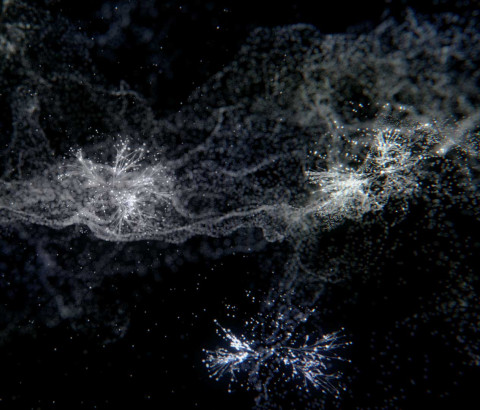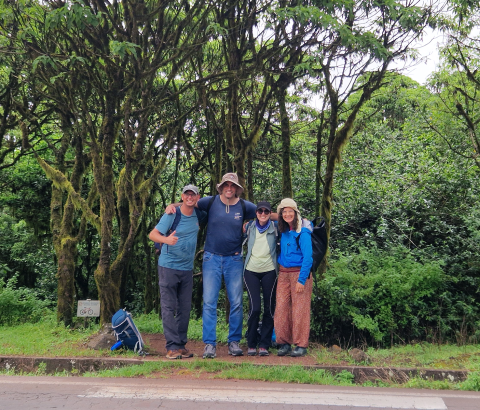Microbiële Ecologie

The overall aim of the ME-department is to understand the diversity and functions of microorganisms in natural and managed ecosystems. We focus on two major research areas:
- the role of microorganisms in biogeochemical cycles and greenhouse gas emission
- ecology and evolution of soil and plant-associated microorganisms
We use an interdisciplinary approach, combining microbiology, molecular biology, chemistry, modelling and computational methods to study the taxonomic and functional diversity of bacteria, archaea, fungi (including yeasts) and viruses. We closely collaborate with various national and international universities, institutes, and diverse stakeholders. Our goals are to advance the mechanistic understanding of the multipartite relationships between microorganisms and their environment, and to contribute to the development of new strategies for sustainable management of natural and man-made ecosystems.
We are actively involved in each of the three NIOO-wide research themes:
- Biodiversity: with the development of new ‘omics technologies, we have become even more aware of the vast, yet largely unknown diversity of microorganisms in natural and managed ecosystems. The ME-department studies microbial diversity and functions in national long-term ecological field sites (LTERs) as well as internationally such as the Amazon forest, the Andes Mountains and the Galapagos Islands. We use an interdisciplinary approach to illuminate the ‘microbial dark matter’ and to understand its impact on ecosystem functioning. Key questions are how soil bacteria and fungi interact in decomposition of recalcitrant organic matter and what the underlying diversity of chemical communication is within soil microbial communities and between microorganisms and plants. For soil and plant-associated viruses (including bacteriophages), we investigate the functional implications of their genome diversity and their fascinating role as guardians of plant and microbial biodiversity.
- Climate change: microorganisms are key drivers of global nutrient (carbon, nitrogen) cycles, thereby catalyzing the emission of specific greenhouse gases such as nitrous oxide and methane. We integrate(meta)genomic, isotopic and biogeochemical approaches to: a) identify key microorganisms, genes and pathways involved in these processes, and b) assess their distribution, functioning and controls in various ecosystems, including lakes, peatlands, forests and agricultural soils. The ME department adopts this knowledge to pinpoint major biogeochemical indicators of environmental disturbance and to steer microbial communities to minimize greenhouse gas emissions.
- Sustainable use of land: ME research has shown that microorganisms living on and inside plants are drivers of plant growth and health. To harness the largely unexplored functional diversity, we investigate how plants under stress recruit beneficial microorganisms for protection and how introduction or augmentation of soil microorganisms can be used as a sustainable practice to minimize fertilizer and pesticide use to enhance soil quality. We developed the concept of microbiome ‘rewilding’, which posits that plant health can be improved by reinstating key members of the diverse (ancestral) microbiota that were lost through domestication. To this end, we go back to the centers of origin of the wild relatives of our crop species to identify the ‘missing microbes’ and their beneficial traits.
Facilities
Biogeochemical cycles
Functional ecology of microbial communities involved in biogeochemical cycles.
Microbial community ecology & environmental genomics
Farming soil microbial community linked to N and P (re)cycles to provide nutrients to plants, soil quality and N2O mitigation.
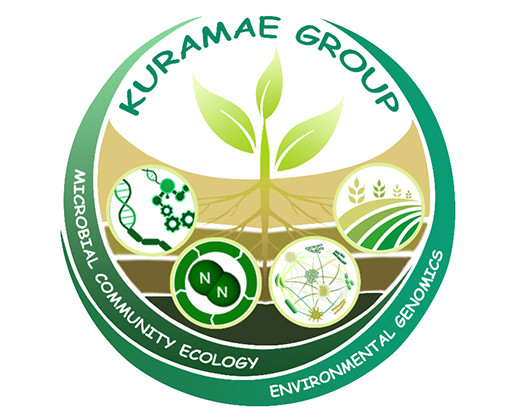
Chemical ecology
The chemical ecology of soil and plant-associated microbes
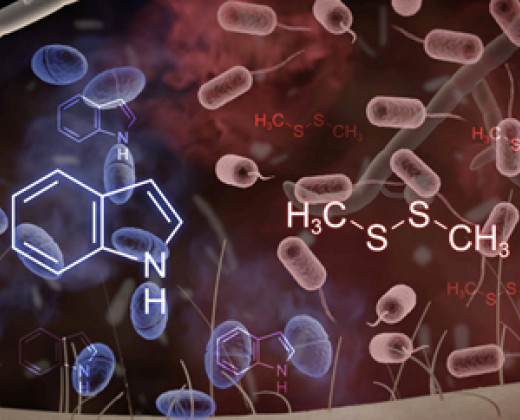
Virus ecology and evolution
Exploring the diversity, evolution and ecosystem impacts of plant-associated viruses.
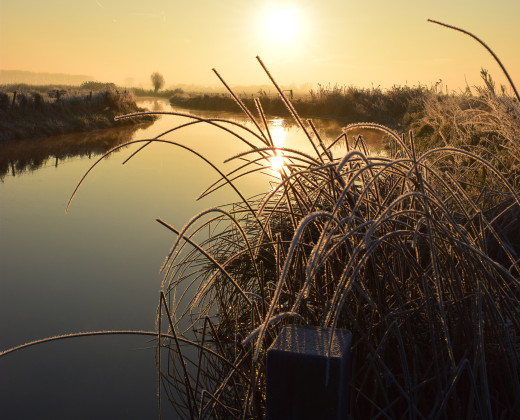
Wild microbiomes
Diversity & functioning of microbiomes of wild and domesticated plants.
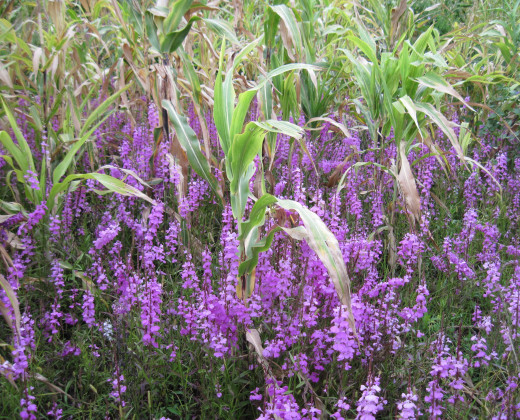
Medewerkers
-
Prof. Jos Raaijmakers PhD
- Functie
- Afdelingshoofd

-
Dr. Paul Bodelier
- Functie
- Senior Researcher

-
Dr. Viviane Cordovez
- Functie
- Senior Researcher

-
Prof. dr. Paolina Garbeva
- Functie
- Senior Researcher

-
Prof. dr. ir. Eiko Kuramae PhD
- Functie
- Senior Researcher

-
Dr. Mark Zwart
- Functie
- Senior Researcher

